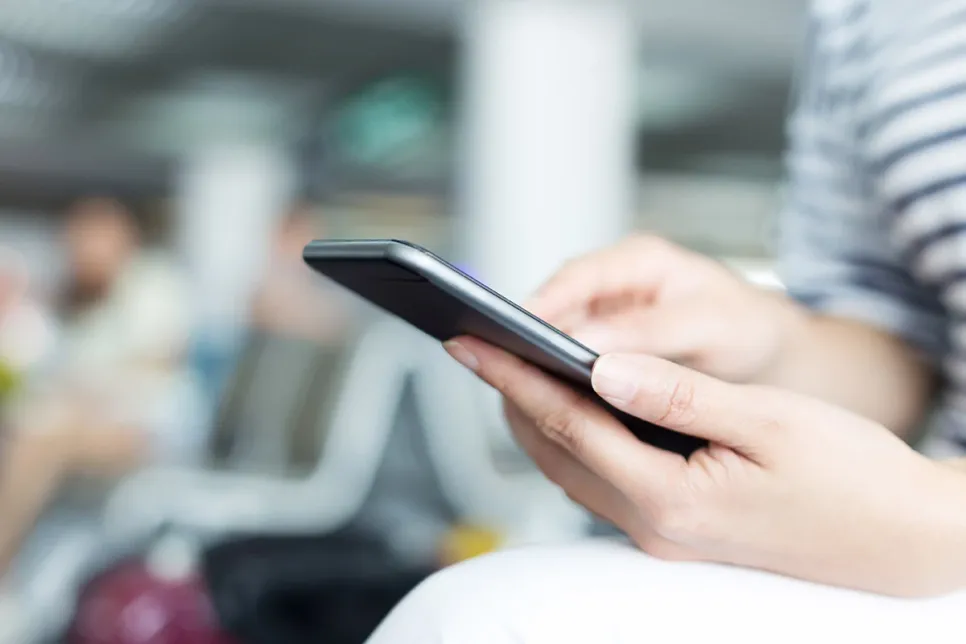GSMA and African Operators Team on AI and Device Strategy
The GSMA unveiled two new initiatives that should drive AI development and mobile access across Africa.

The GSMA stated that 3.4 billion people did not use mobile internet services in 2024, despite the vast majority living in areas where network coverage was available. As the main barriers, the association cited device cost and lack of relevant content.
In its latest State of Mobile Internet Connectivity report, the association found that an additional 200 million people used mobile internet services during 2024. This took the number connected using their own device to 4.7 billion, around 58% of the global population. This left 3.4 billion unconnected to mobile internet services, with 3.1 billion of these located in areas where coverage was available. Key barriers cited in the report include device affordability, awareness, digital skills, literacy, security fears, and a lack of access to consistent electricity.
GSMA director general Vivek Badrinath said that although “the digital divide” and “connect the unconnected” had been on the agenda for well over a decade, the time has come to drive more meaningful progress. “A device at $30 could make handsets affordable to up to 1.6 billion people who are currently priced out of connecting to available mobile internet coverage. To produce this will require a concerted, collaborative effort between the mobile industry, device manufacturers, policy makers, financial institutions, and more, but it is a responsibility we all must shoulder.”
To this end, in 2024, the GSMA formed the Handset Affordability Coalition. It is backed by mobile operators, vendors, device players, international organisations, and finance institutions. The GSMA noted that across low- and middle-income countries (LMICs), the affordability of internet-enabled entry-level devices had barely budged since 2021 and amounted to 16% of the average monthly income for individuals in those countries. This increases to 48% of pay for the poorest 20%.
The GSMA stated that in LMICs, mobile is the primary and often only way of accessing the internet. Individuals in these countries account for 93% of the global unconnected, with usage rates lower among those in rural areas and for women. Although highlighting continued issues with getting the unconnected online, the association acknowledged work to extend coverage into previously unserved areas. During 2024, an additional 40 million people were covered by mobile internet infrastructure, the majority in Sub-Saharan Africa.